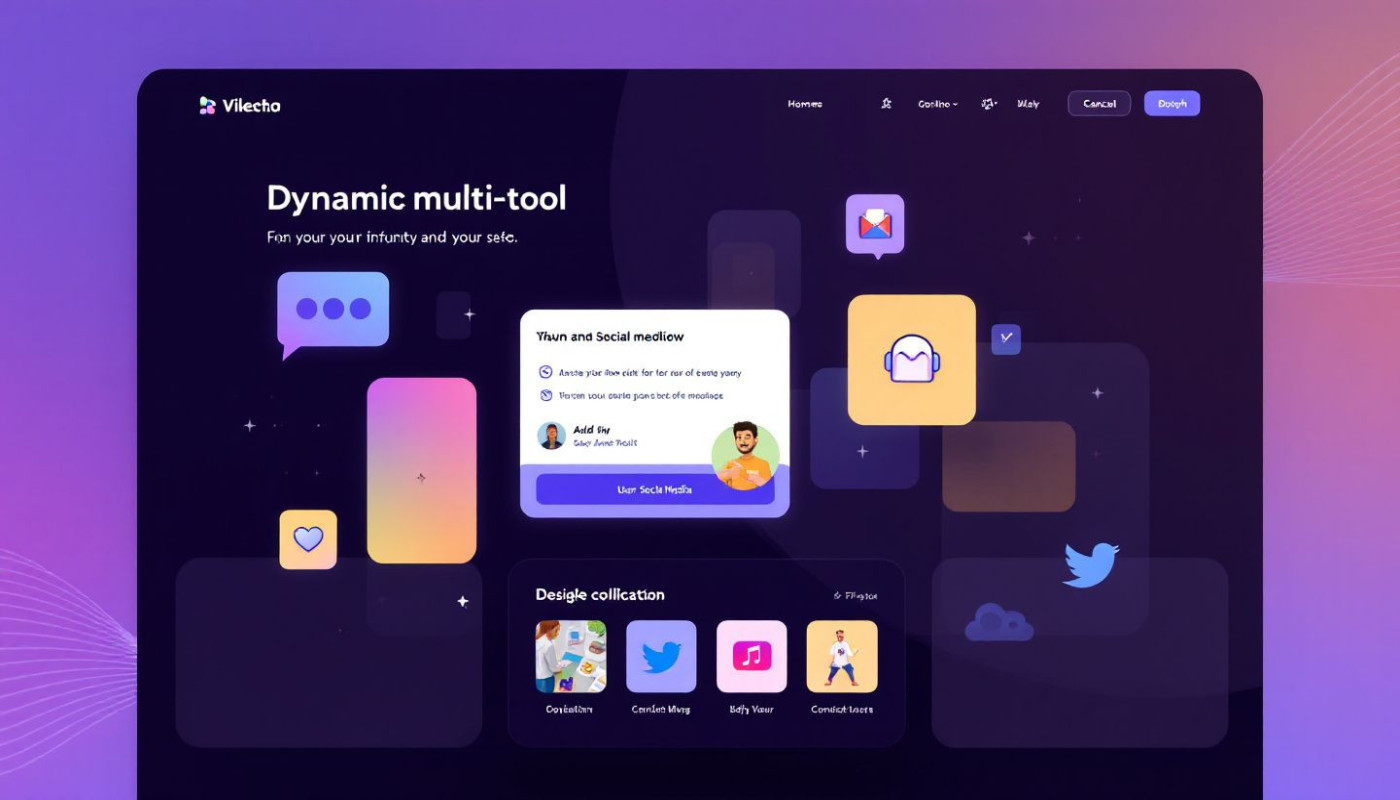Table of contents
Creating a powerful online presence is vital for nonprofit organizations aiming to reach a wider audience and garner support. The cornerstone of such a presence is a well-crafted website, which serves as the digital face of the organization. Choosing the right features for a website builder can be a daunting task, but it's a pivotal step in ensuring that the website effectively communicates the mission and facilitates engagement. Explore the world of nonprofit website builders and uncover the key elements to look for that will help elevate the organization's online impact.
Assessing Your Nonprofit's Unique Needs
When selecting features for a nonprofit website builder, it's paramount to first assess the specific needs of the organization. Consider the goals of the website: is it to raise funds, increase awareness, promote events, or all of the above? A clear understanding of these objectives will guide the choice of features to prioritize. Including a 'donate now' button might be a necessity for straightforward fundraising integration, while features like social media sharing can significantly boost awareness and engagement. To effectively promote events, an integrated calendar or scheduling system that highlights upcoming initiatives can be invaluable. By focusing on nonprofit objectives and aligning them with the website goals, feature prioritization becomes a tailored process. Ensure that the website builder allows for user engagement and includes a strong call-to-action, which are key elements in converting visitors into supporters.
Ensuring User-Friendly Design and Navigation
When selecting a website builder for your nonprofit organization, prioritizing a user-friendly design is paramount. The interface should be welcoming and navigable for visitors of all kinds, from volunteers to donors, ensuring that they can comfortably access the information they seek. Look for a builder that offers intuitive website design, enhancing user experience at every click. Equally significant, a responsive layout must adapt seamlessly to various devices, be it a desktop, tablet, or mobile phone, which is where mobile responsiveness becomes a deciding factor.
Navigation tools are another vital element to consider. They guide users through the site with ease, making sure that no valuable content is missed. Additionally, accessibility features should not be overlooked, as they ensure inclusivity for users with disabilities, adhering to WCAG compliance standards. By integrating all these components—intuitive design, responsive layout, user-friendly navigation, and accessibility—your nonprofit website will not only attract but also retain a committed audience, ready to support your cause.
Integrating Powerful Fundraising Tools
For many nonprofits, the capacity to receive online donations is fundamental to their operations. A website builder that caters to nonprofit organizations should make the integration of potent fundraising tools a straightforward process. Notably, the incorporation of donation buttons on the website can significantly ease the giving process for donors. Beyond a simple button, customizable fundraising pages are a must, offering a personalized touch that can resonate with donors and encourage more generous contributions. Additionally, secure payment processing is non-negotiable, as donors need to trust that their financial information is handled safely. A website builder should offer seamless payment gateway integration to ensure transactions are securely processed without any hitches.
Further enriching the functionality, donor management features are exceptional in nurturing relationships with contributors, while financial reporting capabilities can simplify the tracking of donations for reporting and analysis. In a digital age where cybersecurity is paramount, a website builder must provide robust protections for both the nonprofit and its benefactors. To discover more here about website builders that offer these key features, such as online donations, customizable fundraising, secure payment processing, donor management, and financial reporting, can be instrumental in taking your nonprofit to the next level.
Maximizing Engagement with Multimedia Content
In the realm of online communication, the incorporation of multimedia content is a key strategy in securing the interest of your audience. For a nonprofit seeking to convey its message effectively, the ability to support a diverse range of media formats is indispensable. A website builder that accommodates images, videos, and podcasts gives organizations the tools to create compelling narratives that resonate with visitors. When selecting a website builder, prioritize one that simplifies the process of incorporating multimedia, which not only enriches the user experience but also contributes to stronger engagement metrics.
Integrating SEO keywords such as "multimedia content," "video engagement," "image gallery," "podcast streaming," and "visual storytelling" can significantly improve your website's visibility and draw more traffic. A robust content management system (CMS) is central to this strategy, providing a user-friendly platform for nonprofits to manage their digital assets. With a CMS, even individuals with limited technical skills can update multimedia content, ensuring the website remains dynamic and informative.
Tracking Success with Analytics and SEO Tools
When it comes to maximizing the effectiveness of a nonprofit's online presence, website analytics and SEO optimization tools are indispensable. A nonprofit website builder should offer robust features that allow the organization to monitor visitor tracking and understand the audience's behavior. This data is vital for making informed decisions on how to adapt content and design to meet the needs and preferences of users. Beyond mere visitor statistics, analytics integration helps in setting and evaluating the success of strategic goals, such as donor engagement and campaign outreach.
Furthermore, in an ever-competitive online space, a nonprofit website must be discoverable to those seeking its resources or looking to support its cause. This is where SEO tools come into play, enabling the optimization of content to rank higher on search engine results. Reliable SEO features should guide the nonprofit through the intricacies of search engine algorithms, suggesting improvements and adjustments that can enhance the site’s search engine ranking. A well-chosen website builder with these capabilities ensures that a nonprofit's message reaches a wider audience, thereby increasing potential support and impact.






